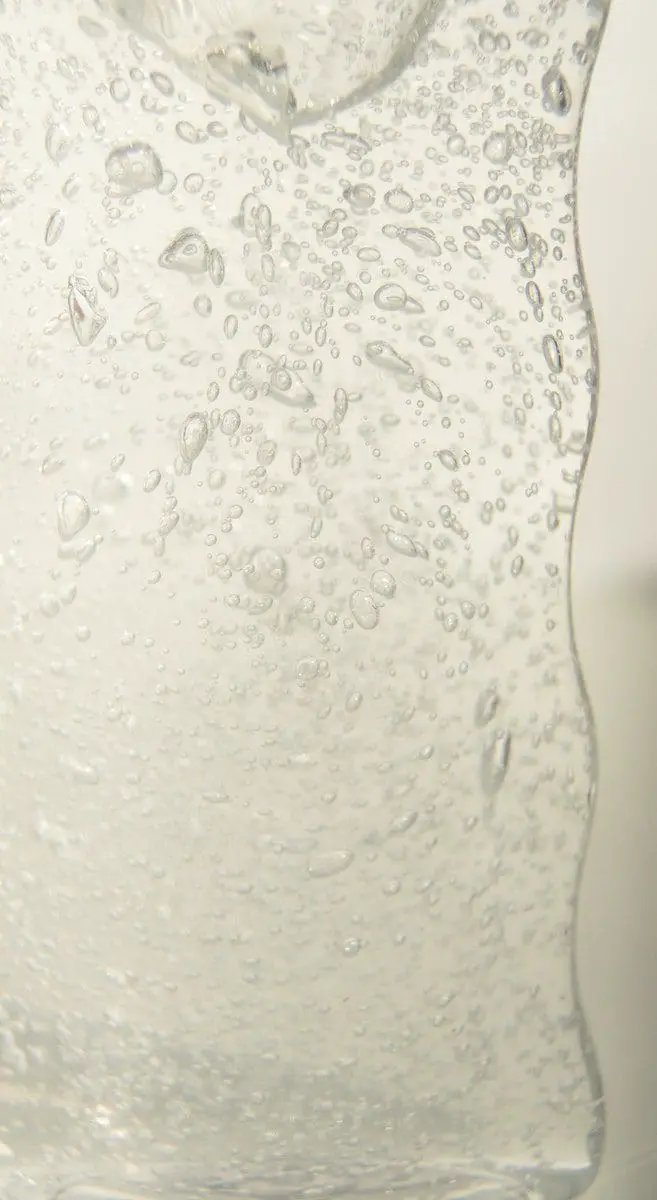An even fluid combination of at least two fixings is an answer—one arrangement. By dissolving a solution into a dissolvable one, an answer is created. Their fixations are subject to three sorts of deals.
Key Takeaways
- Hypertonic solutions have a higher concentration of solutes than the surrounding solution, while hypotonic solutions have a lower concentration of solutes.
- Hypertonic solutions cause cells to shrink as water flows out of them, while hypotonic solutions cause cells to swell and potentially burst as water flows into them.
- Hypertonic solutions are commonly used to preserve food and prevent bacteria growth, while hypotonic solutions, such as rehydration therapy, are used for medical purposes.
Hypertonic vs Hypotonic
A hypertonic solution has a higher concentration of solutes (such as salt or sugar) than the solution it is being compared to. Hypertonic solutions are commonly used as preservatives for food. A hypotonic solution has a lower concentration of solutes than the solution it is being compared to. This can cause the cell to swell or even burst if the influx of water is too great.

A hypertonic is a higher osmotic squeezing factor course of action than most plans. The osmotic pressing factor is the compel expected to forestall this development by the semi-penetrable film of the arrangement.
When a cell is presented with a hypotonic climate, the cell has less water than the hypotonic solution. This is since fewer solutes are disintegrated into much water in hypotonic arrangements.
Comparison Table
| Parameters of Comparison | Hypertonic | Hypotonic |
|---|---|---|
| Meaning | In this arrangement, outside the cell has higher solute focus than the liquids inside the cell. | In this arrangement, outside the cell has low solute focus than the liquids inside the cell. |
| Osmotic pressing factor | High osmotic pressing | Low osmotic pressing |
| Solute fixation | High Solute fixation | Low Solute fixation |
| Dissolvable fixation | Low Dissolvable fixation | High Dissolvable fixation |
| Impact on the cell | It causes cell shrinkage. | It causes cell growth. |
What is Hypertonic?
A hypertonic arrangement is a higher osmotic pressing factor arrangement than most arrangements. As the centralization of hypertonic liquids is more prominent, a high-pressing factor should be applied to keep this arrangement from stumbling into a semipermeable layer.
The hypertonic arrangement has a higher dissolvable focus, and the solutes will disregard an inclination of fixation (from a solid desire for a low concentration). An organic or manufactured layer is semi-penetrable and requires a few atoms and particles to travel through it.
The osmotic pressing factor is the compel expected to forestall this development by the semi-penetrable film of the arrangement. In this way, there is a solid osmotic binding factor.
For the protection of the natural product, hypertonic arrangements are utilized. For instance, microorganisms might be eliminated from the bundling area or the bundling area if any natural product or fish are drenched in a hypertonic salt loaded with a hypertonic arrangement.
This is because microbial cells contain exceptionally more water than solutes, and there is next to no water accessible in a hypertonic arrangement like the fixation rate at the water streams out of the cells.

What is Hypotonic?
An answer with a lower osmotic pressing factor is a hypotonic arrangement. The common osmotic pressing factor is because of the low level of the dissolvable. The osmotic pressing factor is the compel expected to forestall this development by the semi-penetrable film of the arrangement.
The cell grows first. At that point swells. The cell’s internal pressing factor is raised, and the cells can likewise detonate.
The mass of the cell will forestall the cell from detonating. This is bloated, or this Hellenized cell is known as a ‘bloated’ cell.
Main Differences Between Hypertonic and Hypotonic
- A hypotonic arrangement outside the cell has a lower solute fixation than the liquids inside. In contrast, hypertonic account outside the cell has higher solute fixation than the liquids inside the cell.
- Hypotonic endosmosis happens as the water particles move into the cell. Whereas hypertonic ex-osmosis happens as the water atoms move out from the cell.

This article provides a vast understanding and is very enlightening.
I was searching for a comprehensive explanation and I found it here.
Well done explanation, a very helpful resource.
The scientific explanation provided here is an invaluable resource.
I’m glad there are resources like this to help understand complex topics.
Yes, it really helps to clarify some misconceptions about these concepts.
I’ve been looking for information like this for quite some time!
This article explains the subject really well.
It’s great to have access to this kind of quality content.
Great explanation of the science behind the topic.
It is indeed very informative and clear.
Finally, a clear and understandable explanation of these concepts.
The article is very well-written and provides a good comparison between hypertonic and hypotonic solutions.
Agreed. It’s a reliable source of information for anyone interested in the subject.
The article presents a detailed and thorough analysis of the topic.
I appreciate the clarity and depth of explanation in this article.
Definitely! It’s a great resource for understanding these concepts.
The scientific depth and clarity of this article are impressive.
Agreed, it’s not easy to find such well-explained content on this topic.
This level of detail is rarely found in articles. It’s commendable.
The depth of explanation makes this article a must-read for anyone interested in this field.
Absolutely, this is an impressive and well-written resource.
This article will undoubtedly become a reference for those interested in these topics.
This is indeed a very comprehensive and informative article.
Absolutely, it’s a significant contribution to the understanding of hypertonic and hypotonic solutions.